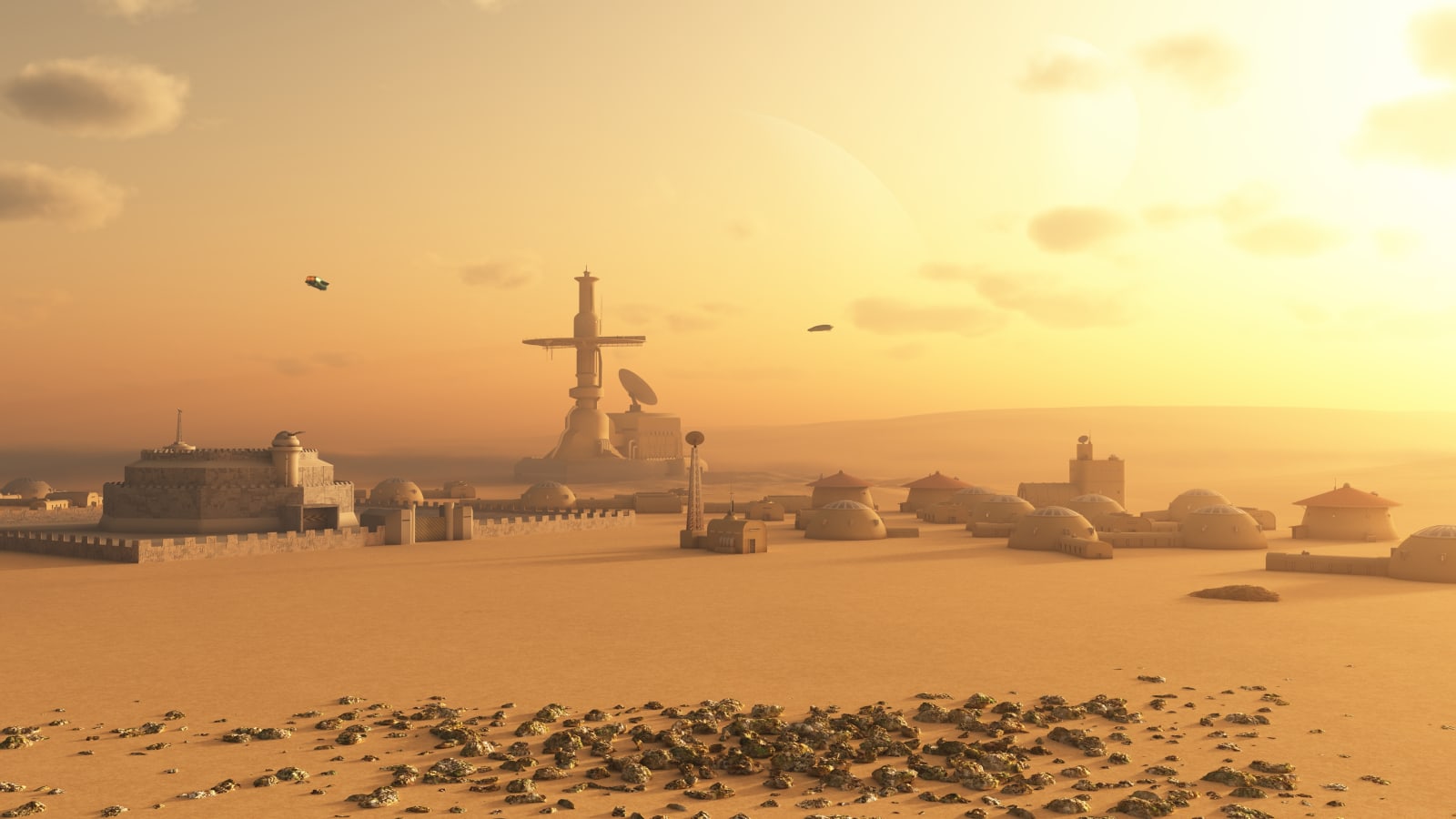Tag Archives: rassor
NASA RASSOR 2.0 Rover Struts Its Stuff
NASA calls its RASSOR 2.0 rover “a blue collar robot.” That’s because it gets down and dirty and is tough as nails. It digs, it climbs, it flips over. It’s a real workhorse. It is an awesome design and it is fun to watch it in action.

RASSOR stands for Regolith Advanced Surface Systems Operations Robot, but is simply pronounced “razor.” The concept is being developed right now at the Kennedy Space Center as a possible solution to the problem of carrying heavy fuel on space missions. The idea is that this rover could mine the surface of planets, digging up the components needed for water, oxygen, and rocket fuel. You can see a brief demonstration of the latest generation RASSOR robot digging up dirt in the video below:
We don’t know when we might see the rover in action, but engineers expect it to be five times faster than Curiosity, and able to handle 16-hour shifts, hauling 40 pounds of material per trip. You can see why the call it a blue collar robot.
[via Motherboard via Gizmodo]
Meet NASA’s robot destined to mine Martian soil
 It looks like the Curiosity rover won't be the only craft exploring Mars. NASA recently released a video of its latest Regolith Advanced Surface Systems Operations Robot prototype going through its paces in a test facility. "RASSOR uses counterrotati...
It looks like the Curiosity rover won't be the only craft exploring Mars. NASA recently released a video of its latest Regolith Advanced Surface Systems Operations Robot prototype going through its paces in a test facility. "RASSOR uses counterrotati...
Meet NASA’s robot destined to mine Martian soil
 It looks like the Curiosity rover won't be the only craft exploring Mars. NASA recently released a video of its latest Regolith Advanced Surface Systems Operations Robot prototype going through its paces in a test facility. "RASSOR uses counterrotati...
It looks like the Curiosity rover won't be the only craft exploring Mars. NASA recently released a video of its latest Regolith Advanced Surface Systems Operations Robot prototype going through its paces in a test facility. "RASSOR uses counterrotati...
NASA’s RASSOR robot shape-shifts to haul lunar soil, help make fuel and water
NASA believes our return to the Moon could be sustained by extracting water from the lunar soil to produce air and even fuel. But how to get large amounts of that soil without bringing heavy, failure-prone machinery? The agency's RASSOR (pronounced "razor") excavator robot might do the trick. Rather than wield big scoops, it has a pair of arm-mounted drums that can change the robot's profile and dig with far more efficiency than RASSOR's 100-pound weight would usually allow, using one drum as a grip. The robot's sheer flexibility is also key to its working for the estimated five years of NASA's plans: if the crawler ever overturns or gets caught, it can flip over and keep the main treads out of the ground while clearing out soil-related jams. There's enough refinement needed that a RASSOR 2 follow-up should be in testing around early 2014, but the sequel will be close enough to the ideal design that long-term Moon missions could have the little hauler as a passenger.
Filed under: Robots
Via: Gizmag
Source: NASA
